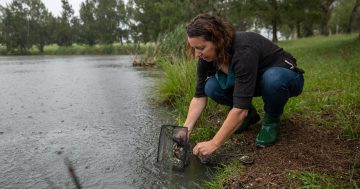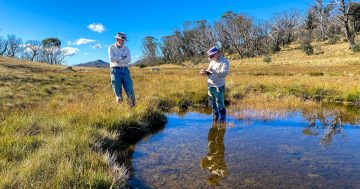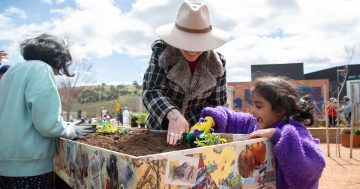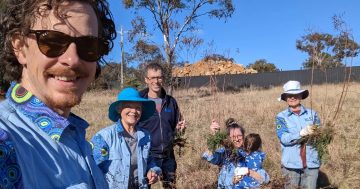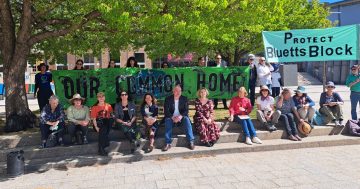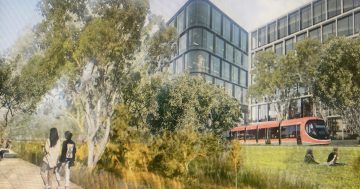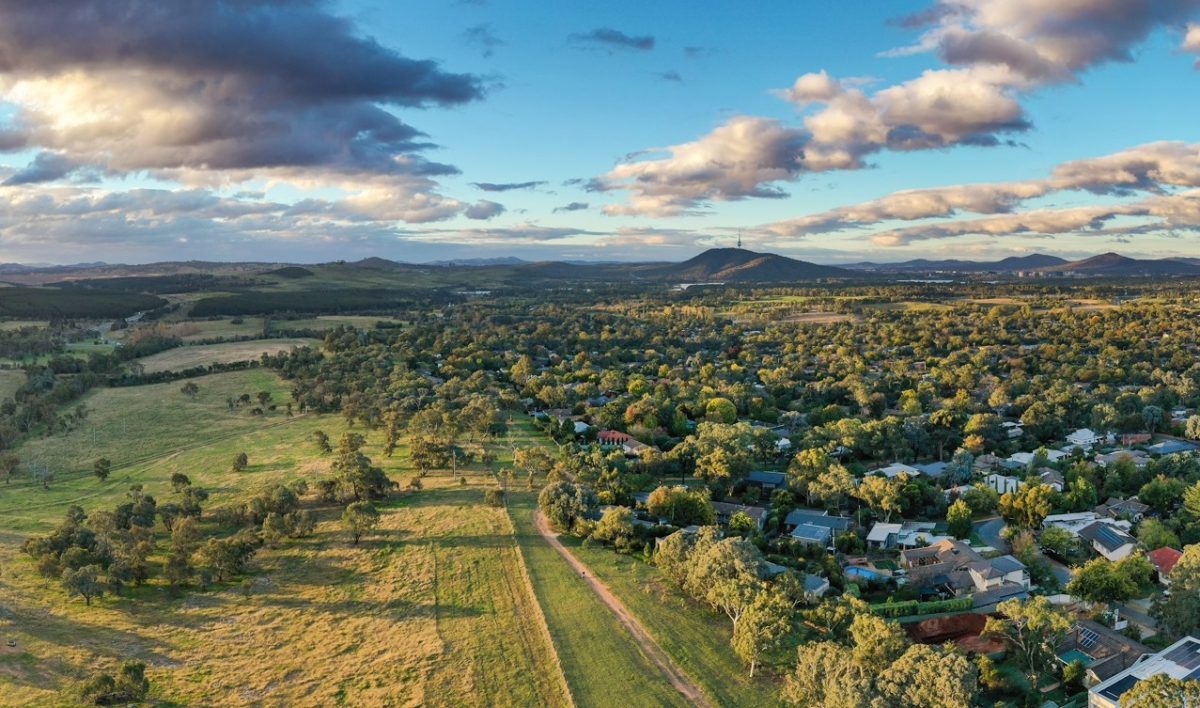
The Natural Resource Plan provides a 20-year roadmap of challenges the ACT needs to overcome to be a “biodiversity haven”. Photo: EPSDD Facebook.
The next 20 years of natural resource management for the Territory has been laid out in a broad new plan to improve connections between people and landscape.
Examining the challenges facing Canberra’s land, water, soil, plants and animals, the Caring for Dhawura Ngunnawal: A Natural Resource Plan for the ACT 2022-2042 aims to provide a clear outline about the Territory’s long-term and strategic goals so everyone can work together to reach them.
Environment Minister Rebecca Vassarotti said it was about ensuring the government, traditional custodians and environmental groups were all on the same page when tackling the issues facing our local natural resources for the next two decades.
“We see this plan as a particularly important piece of the puzzle to ensure we understand what challenges we have ahead, the values we need to protect, and how we work together to protect them,” she said.
“We do have the opportunity to plan for our natural resources … to ensure we’re doing all we can to protect this really beautiful piece of country.”
Ms Vassarotti said the broadness of the plan meant there was the chance to tackle specific areas and develop more focused initiatives.
She insisted this wasn’t just a plan for more plans.
“It gives a broad roadmap while providing flexibility to work with our partners on the short-term steps to get us where we need to be,” Ms Vassarotti said.
“I think when we’re looking at environment protection and stewardship, there is the need for us to work in constant collaboration with our partners, so it provides a framework and … a strategic way for us to move forward.”
Consultation has taken two years, first developed in partnership with the Dhawura Ngunnawal Caring for Country Committee, followed by two rounds of consultation with the broader community.
Ms Vassarotti said building the Territory’s climate resilience, threats to biodiversity and the “extinction crisis” were key considerations.
“We know we really need to look at how to protect our threatened species, how we work to ensure our common species remain common, and how we ensure these very special ecological communities that we are custodian to are protected,” she said.
The ultimate goal? For the ACT to be seen as a “biodiversity haven”.
“We want to see an environment that is climate resilient, an environment where the community is really connected and values that environment, and that we are looking after it in partnership,” Ms Vassarotti said.
Rural landholders were also involved in the consultation period, including Peter and Jenny Ipkendanz.
Mr Ipkendanz said it was “critically important” to be involved in the plan, particularly as 15 per cent of the ACT’s Natural Resource Management (NRM) region was devoted to agricultural uses.
That’s behind conservation and natural environments (64 per cent) and Canberra’s urban footprint (17 per cent), with the remainder of the land used for forestry purposes.
“The strategic plan is really designed around, mainly, rural landholders and so you’ve got to have their input into the challenges we face,” he said.
“In general terms, the landholders look after the land – it’s their livelihood for a start, they’re not going to mistreat animals or damage the land because that will damage them. They understand that looking after the land is critical.”
But given the broadness of the plan and certain unique areas across Canberra, Mr Ipkendanz said it was difficult at this stage to see how the plan would be utilised to help manage our natural resources.
“A broad approach is good but when it gets down to the tintacks, you’ve got to look at the specifics of the particular area,” he said.
“However you’ve got to have some guidelines and knowledge about support available.”
The NRM plan will be reviewed in five years to ensure current priorities are still being reflected and achieved.
The plan currently has no timelines, but it prioritises the environment’s protection and restoration.
“The timing to implement each action will be dependent upon agreed priorities, the complexity of the action and availability of resources, and will be determined by collaborative agreement between government and community,” the plan stated.
“Although the plan is a non-statutory document, it is endorsed as a whole-of-government document by the ACT Government.
“Every aspect of this plan is considered against a backdrop of climate change and, as such, addressed as a pressure within all focus areas.”












